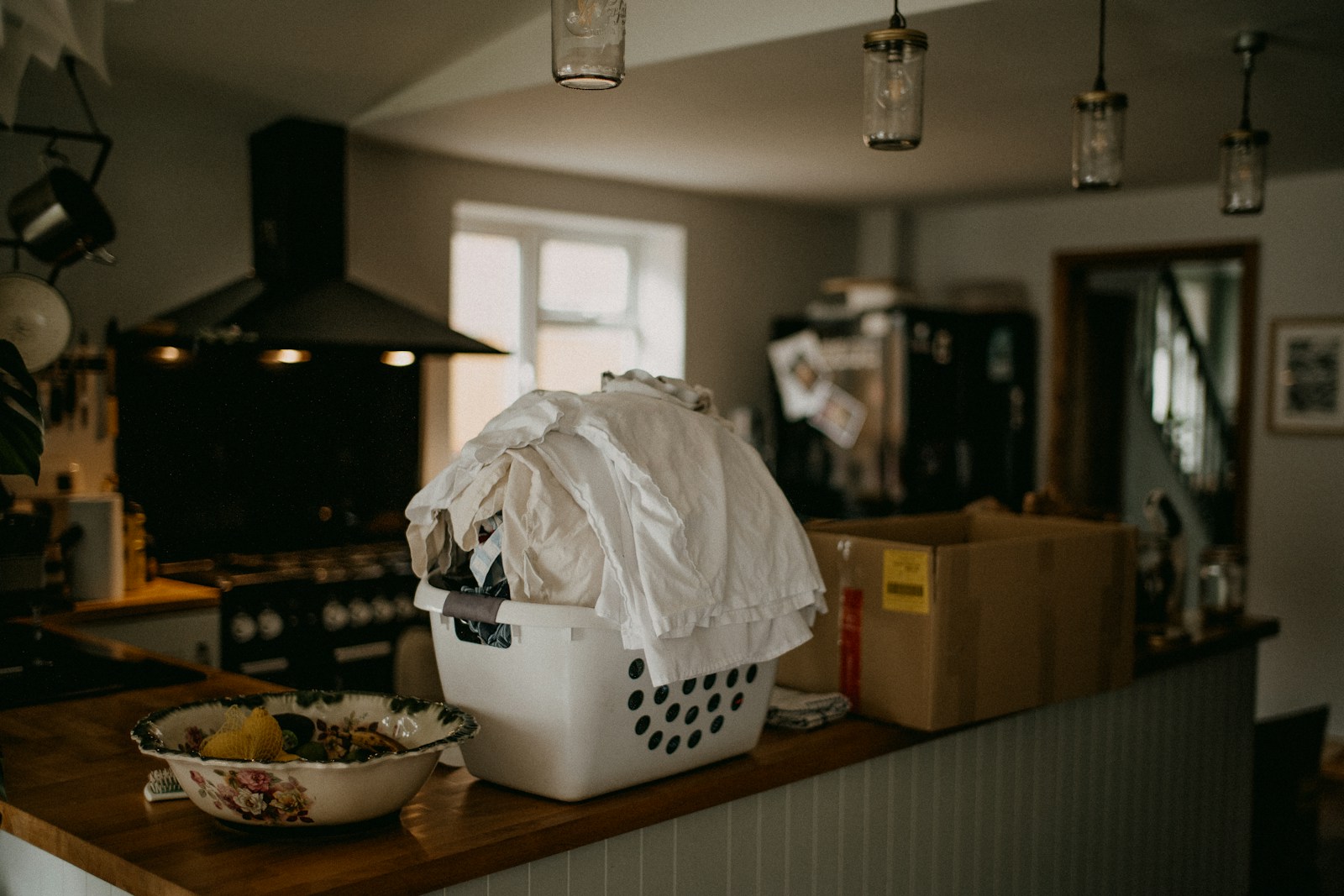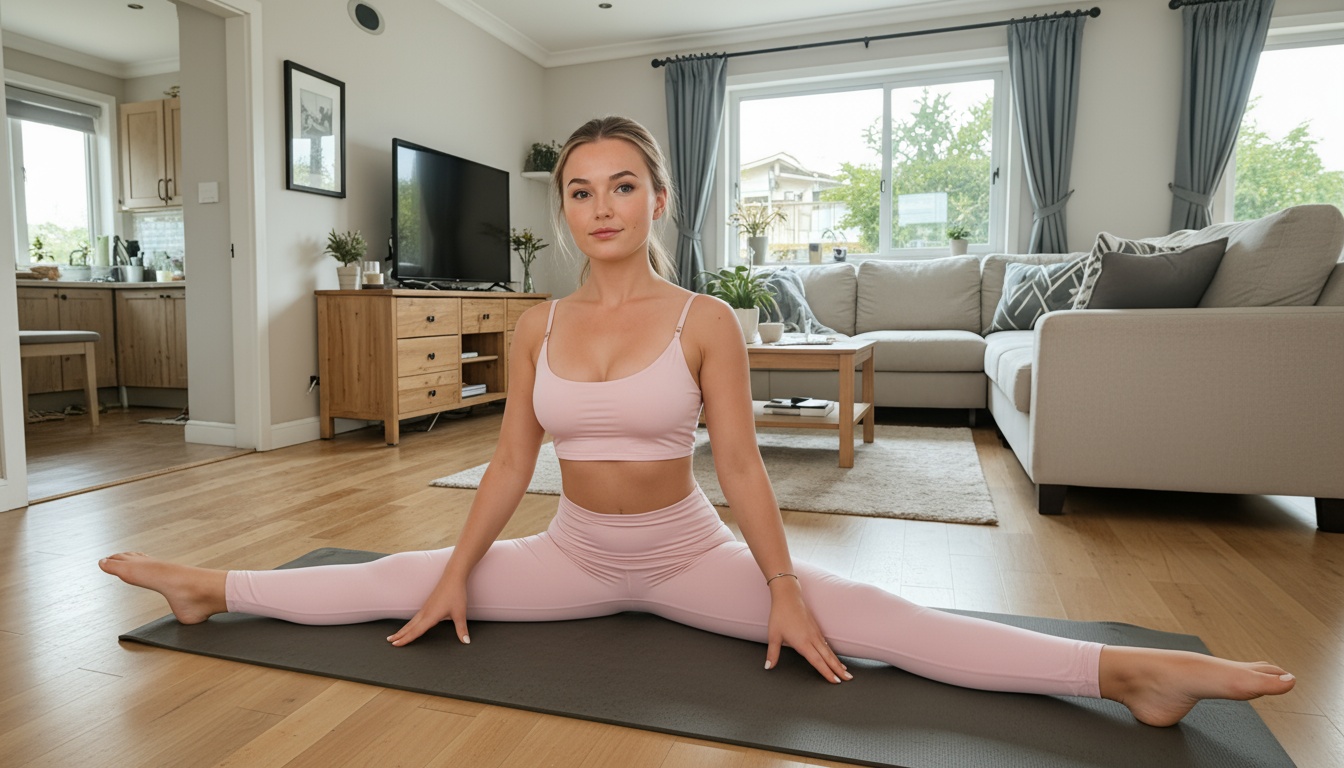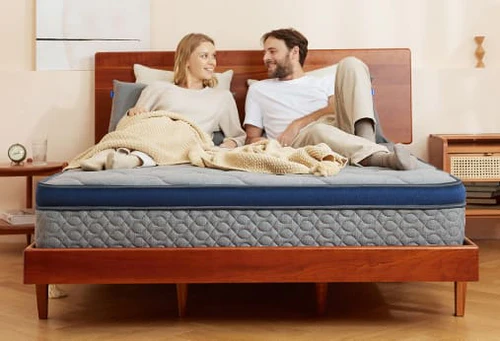The 20-Minute Declutter makes home organisation feel achievable, even for women juggling work, family, and personal commitments. You don’t need an entire weekend or a colour-coded Pinterest board to feel more in control of your environment. What you do need is a realistic strategy—one that aligns with a stylish, family-focused life and respects your time.
Life moves fast. You’re cooking, working, caring, planning, and keeping everyone’s calendar in check. Carving out time to reset your home shouldn’t mean cancelling plans or sacrificing rest. That’s where the 20-Minute Declutter offers real value. It breaks the myth that organisation requires a full overhaul. Instead, it prioritises targeted action and visible impact.
These strategies aren’t revolutionary—they’re sustainable. Think of them as life edits rather than deep cleans. They help remove friction from daily routines and inject more flow into everyday living. A tidy drawer, a clear bench, a sorted bag—these small wins accumulate and elevate your home without stealing your Saturday.
You can make smart, stylish choices while honouring your lifestyle. Let’s dig into how this method works and how it complements your sense of order, comfort, and creativity.
Why the 20-Minute Declutter Works for Real Life
You don’t need the perfect moment to declutter—just a time slot. Twenty minutes fits between cooking dinner and the school pick-up. It’s long enough to tackle one area with focus, but short enough not to feel like a chore.
Traditional decluttering advice often assumes uninterrupted hours and endless motivation. Most women aged 35 to 60 live in a blur of multitasking. That’s why a short, high-impact approach creates progress without fatigue.
Consistency matters more than intensity. By spending 20 minutes a day—or even twice a week—you start building habits that keep your home functioning smoothly. You’re not chasing perfection; you’re shaping your space to reflect your life.
Decluttering also helps reduce decision fatigue. Fewer items mean quicker mornings and calmer evenings. When clutter exits, stress follows. The 20-Minute Declutter builds this into your rhythm without demanding sweeping change.

Planning the 20-Minute Declutter With Intention
Before diving in, decide what you want from the session. Are you looking for order, space, or simplicity? This goal helps direct energy and avoid scattered effort. A clear intention turns the 20-Minute Declutter into a focused habit, not random tidying.
Choose one zone: a drawer, corner, shelf, or bag. Keep it small so you can finish. Completion builds satisfaction and encourages return. If you bite off too much, you’ll end up abandoning the task mid-way.
Use a timer if needed. It shifts your mindset from passive to purposeful. Knowing you’ve only got twenty minutes helps eliminate distractions and sharpen your attention. It’s not about rushing—it’s about committing for a short burst.
Create a clutter kit. Have a bag for rubbish, a box for donations, and a tray for misplaced items. This keeps you organised during the process and helps wrap up swiftly. When you’re done, take the donation box to your car. Momentum matters.
Tackle High-Impact Zones First
Start with the spaces you use daily. Entryways, kitchen benches, bathroom shelves—these areas attract clutter fast and influence mood. By decluttering visible zones, you change how your home feels without deep cleaning.
The 20-Minute Declutter shines brightest when used on practical pain points. Sorting the mail pile, refreshing the fridge, or clearing the coffee table all ease visual noise. These shifts support efficiency and elevate your environment immediately.
Focus on function. Ask: What needs to stay to serve your routine? Let go of what slows you down or adds nothing. A clutter-free bathroom shelf means quicker mornings; a sorted handbag means calmer transitions.
Choose zones that connect with your daily flow. You’ll feel the benefit of every minute spent. When your home works better, your schedule follows suit. The goal isn’t aesthetic perfection—it’s daily ease.
10 Easy Ways to Instantly Boost Your Mood After a Long Day
Smart Sorting Strategies That Stick
Decluttering isn’t about tossing things mindlessly. You’re making space for what matters. Apply a simple filter: love it, use it, or lose it. If something hasn’t been touched in months, consider its role.
Instead of sorting everything, set micro goals. Remove five items from your wardrobe. Clear ten expired pantry items. Delete old files from your desktop. This approach reduces overwhelm and boosts achievement.
Use containers creatively. A stylish tray can group keys and sunglasses. A box in your pantry streamlines snacks. Organisation doesn’t need to be rigid—it needs to suit your household. Function should never fight style.
Label storage to simplify returns. If kids or partners help with tidying, clear labels encourage consistency. It’s a quiet way to delegate without friction. The 20-Minute Declutter can become a shared task that supports the family unit.

The Power of Routine and Rhythm
When you declutter regularly, it shifts from reaction to routine. You stop organising out of desperation and start editing with calm. Schedule your sessions like self-care—on a Sunday afternoon or before your favourite show.
Attach your 20-Minute Declutter to existing habits. Do it after clearing dinner, or while waiting for the washing to finish. You’ll find more windows than you realised once it becomes second nature.
Track progress if you’re motivated by results. List zones tackled, items donated, or space regained. This reinforces the value of your time and encourages consistency. Progress—even in corners—translates to mental clarity.
Pair decluttering with music or a podcast to boost mood. Energy matters. Your evening reset feels more enjoyable when it has rhythm. Organisation doesn’t need to be solemn—it can feel invigorating.
Style Meets Function—Maintaining What You Create
Once you’ve decluttered, celebrate your effort. Add one style element to the refreshed space—a small plant, a framed photo, or a scented candle. This gesture helps reinforce care and pride.
Maintenance matters. Create easy habits that support what you’ve cleared. Don’t let benches become drop zones again. Revisit spaces monthly to do light resets. The 20-Minute Declutter isn’t a one-time fix—it’s a lifestyle shift.
Teach your family to respect clear zones. Encourage kids to empty bags daily, or partners to sort mail straight away. Your home works better when everyone supports the system. You lead by design, not demand.
Choose storage solutions that match your aesthetic. Woven baskets, glass jars, and neutral bins blend into your space without cluttering it visually. Organisation should enhance the environment, not dominate it.

Final Thoughts: Why It Works
The 20-Minute Declutter supports real lives, not curated ones. It’s practical, stylish, and rooted in respect for your time and energy. You don’t need to overhaul your home to feel better. You just need a plan that fits inside a busy schedule and reflects your values.
Women between 35 and 60 carry countless responsibilities. Your space should support you, not exhaust you. These strategies allow your home to breathe and your routines to run smoother, all without sacrificing precious weekend hours.
This method works because it’s forgiving. Didn’t declutter yesterday? Start now. Only have ten minutes? Cut the zone in half. The goal is momentum, not mastery.
If you want a fresher, calmer, more functional space, start with twenty minutes. You’ll gain more peace and more control, with less mess and less stress.













